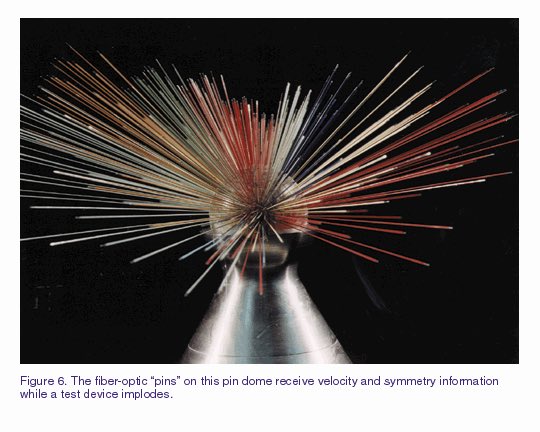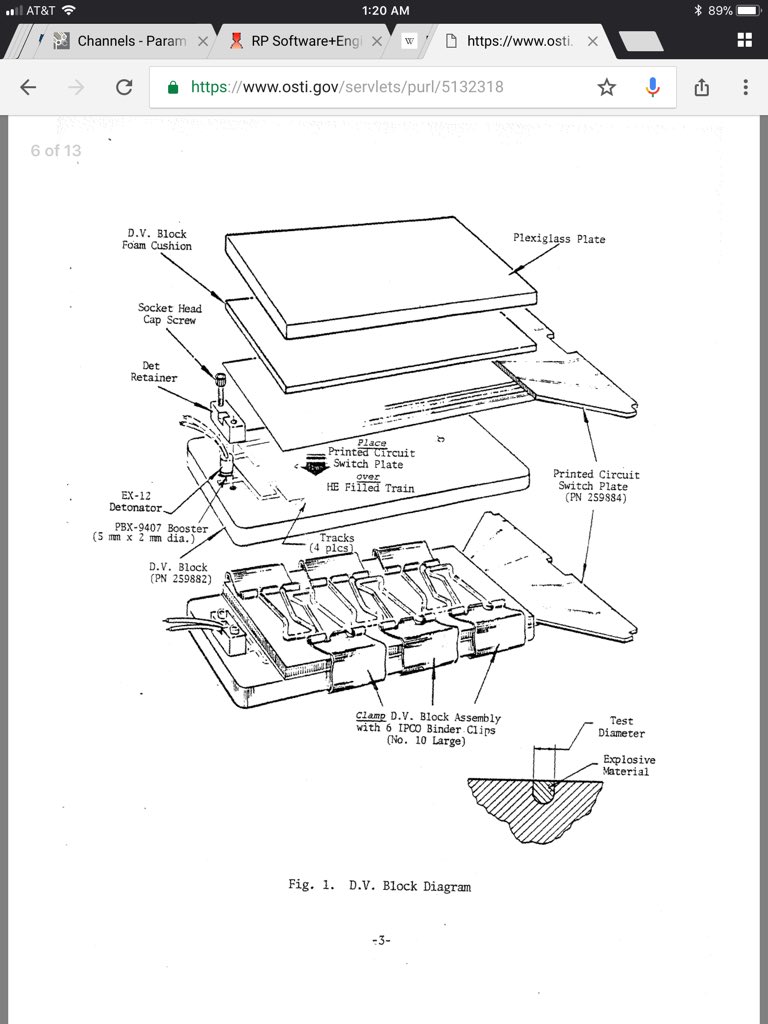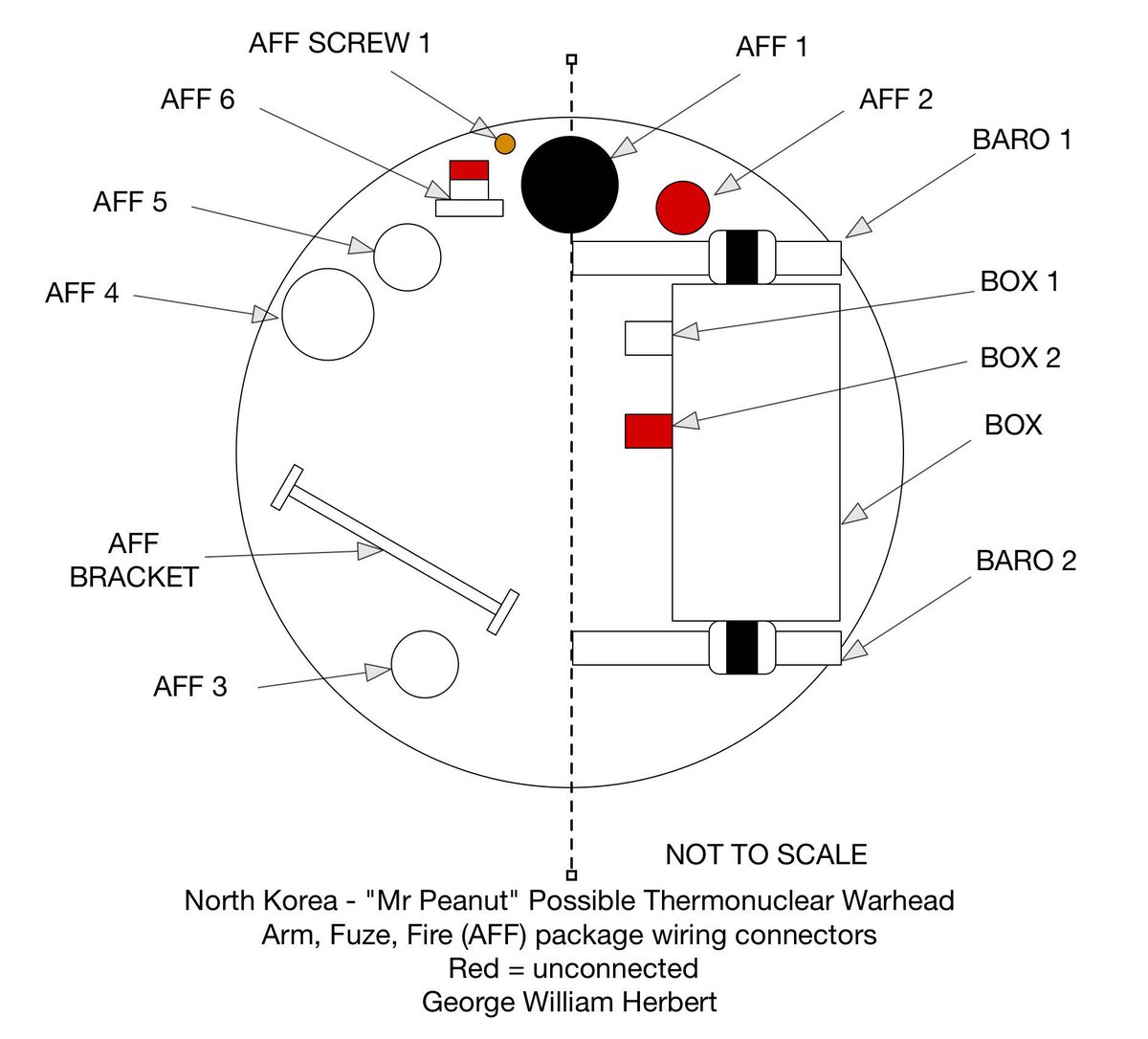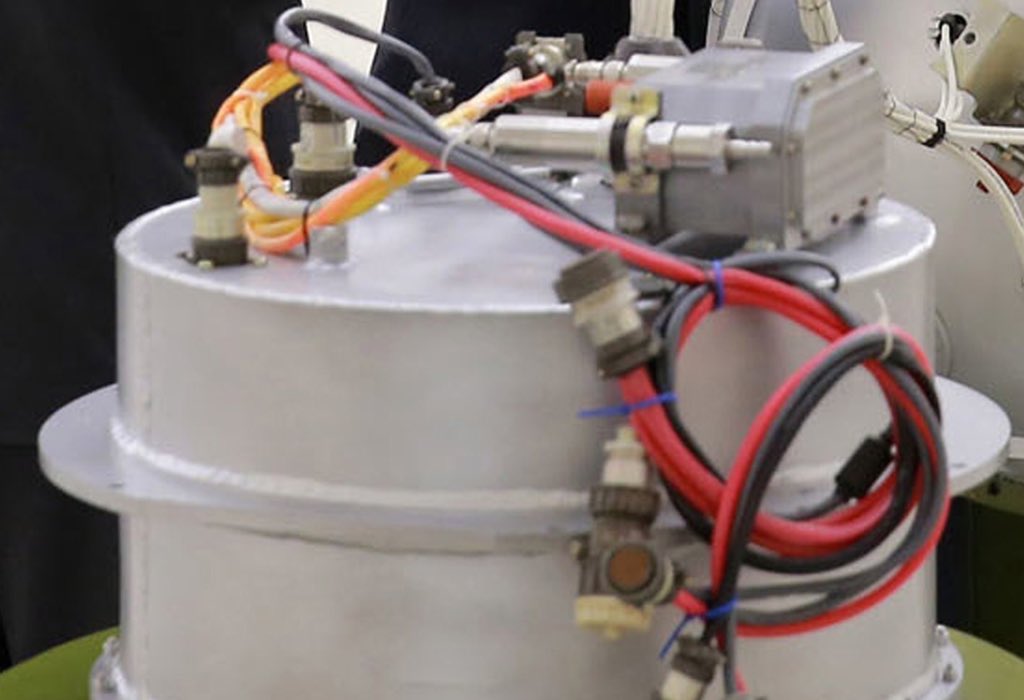A) None of Netanyahu's framing or fact claims exceed the conservative assumptions I and other NP people used to assess value of JCPOA.
B) Tech not worse either. Just better details, sources.
C) We all publicly assumed Iran was lying about prior military weapons programs in pre-agreement assessments. Not news.
D) I still believe JCPOA was the right first solution to prevent Iranian weaponization. Nothing here changes that.
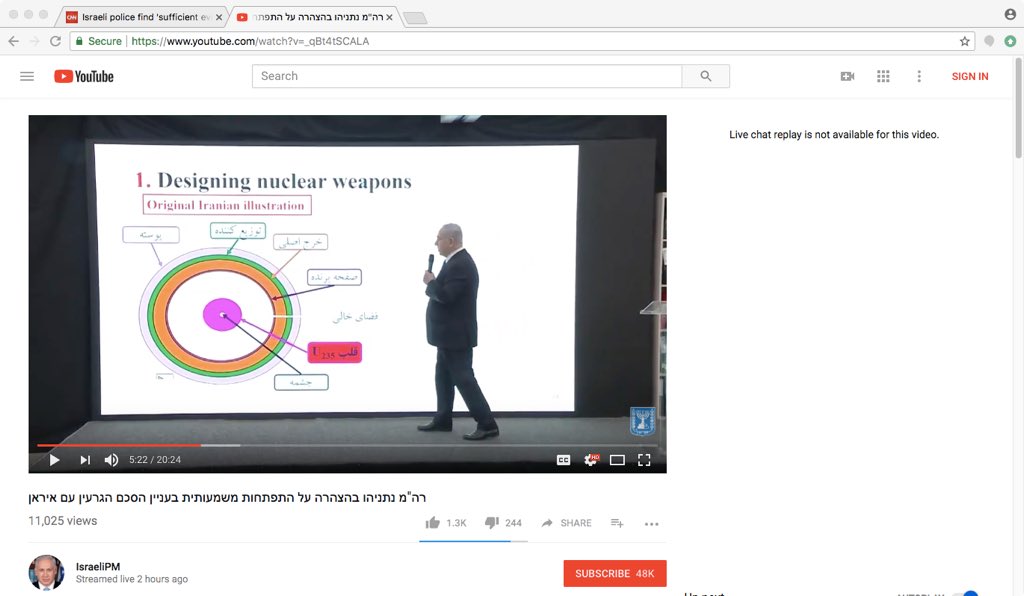
Cyan is HEU fissile levitated pit.
Purple is reflector / tamper layer lining explosive, which is Orange and unlensed. Green is branching explosive channels Multipoint Initiation layer. Grey outside case.
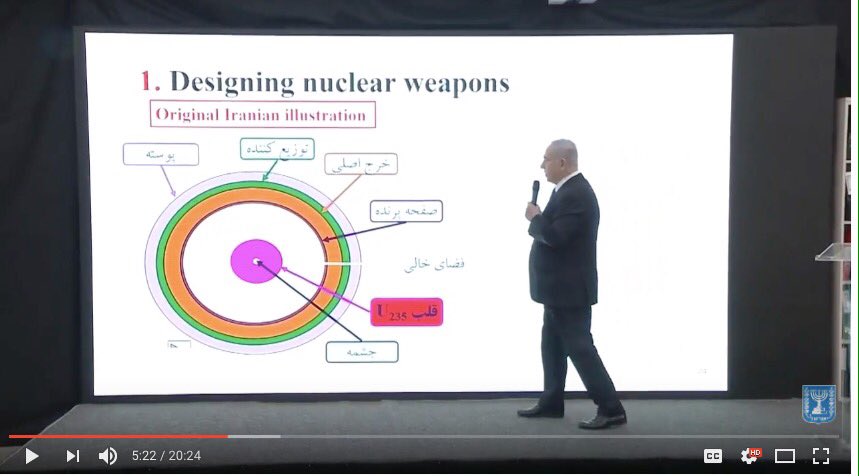
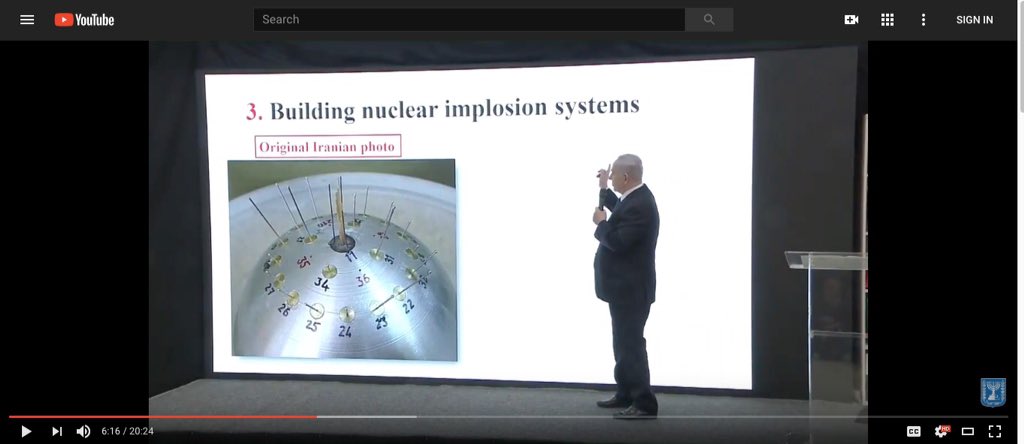
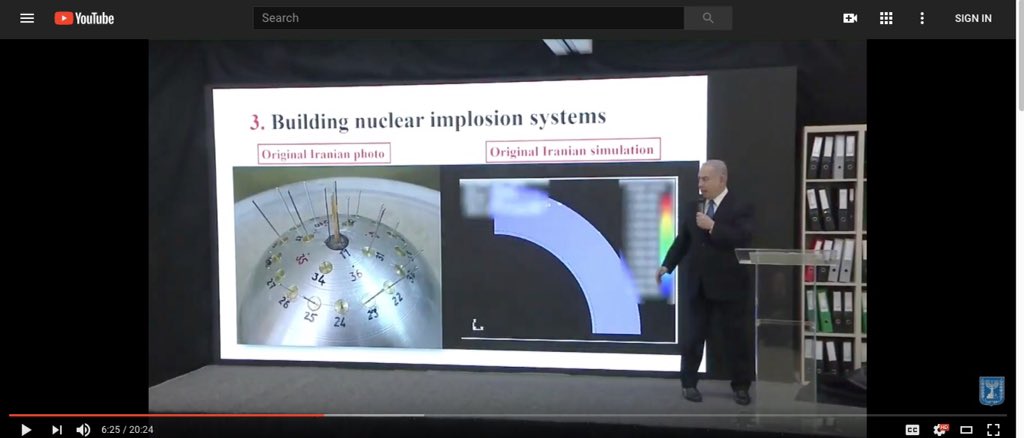
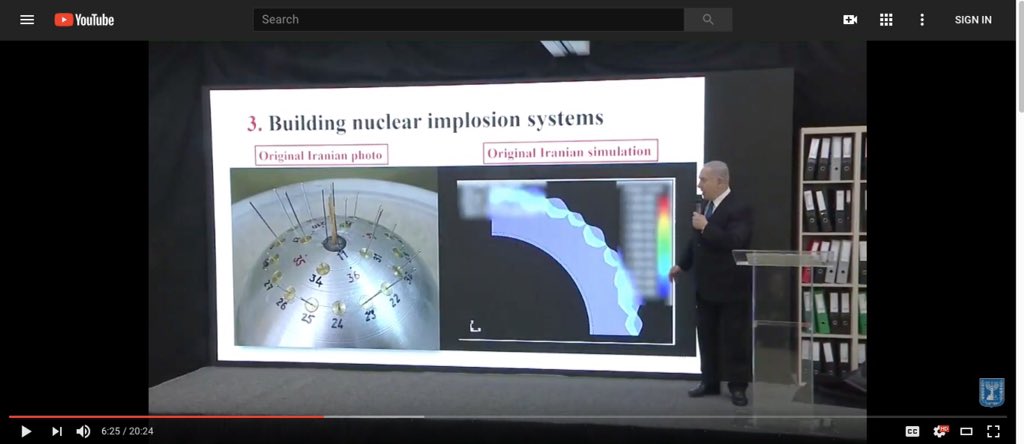
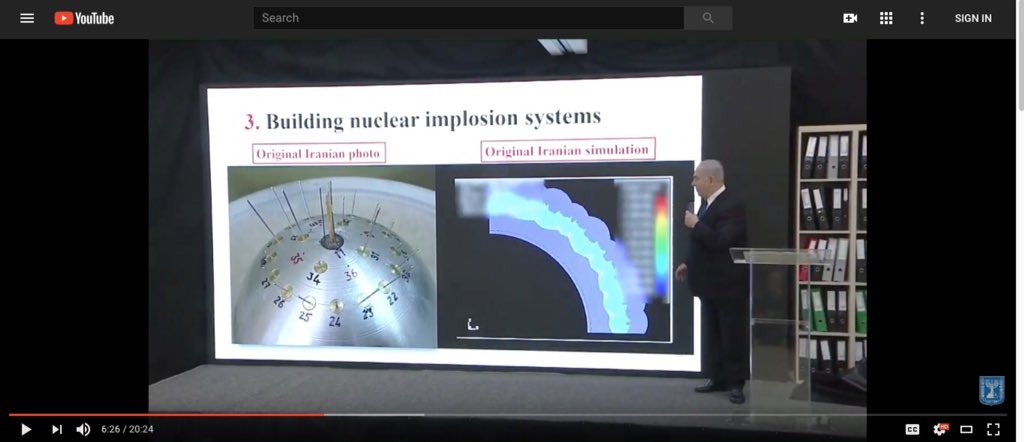
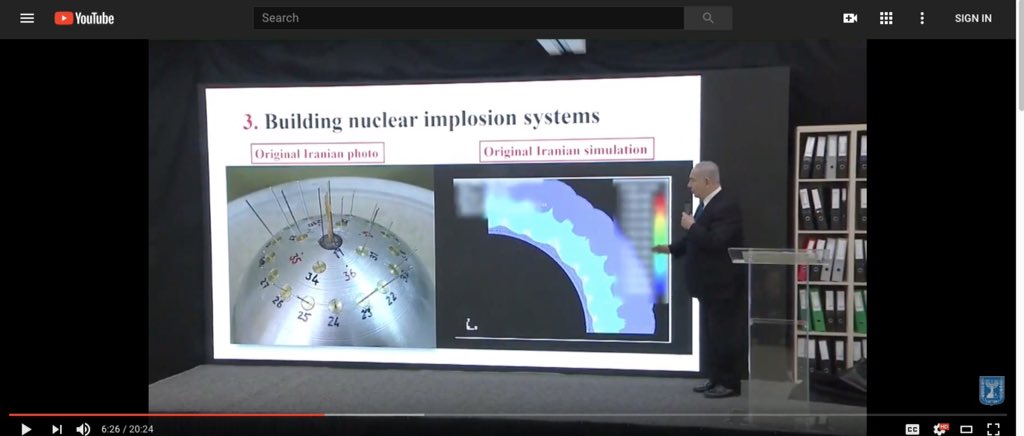
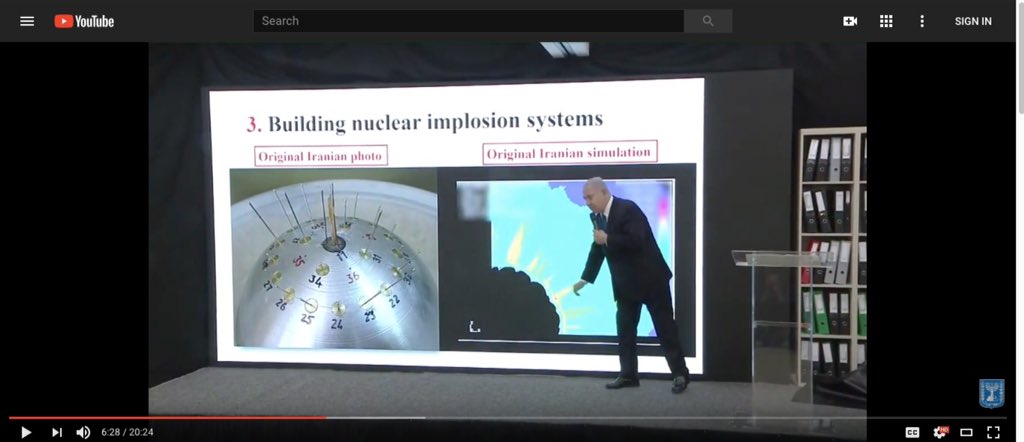
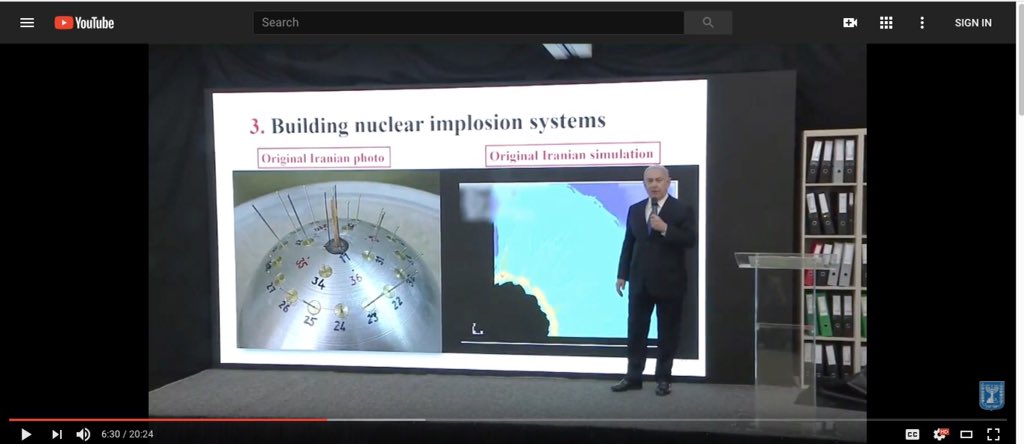
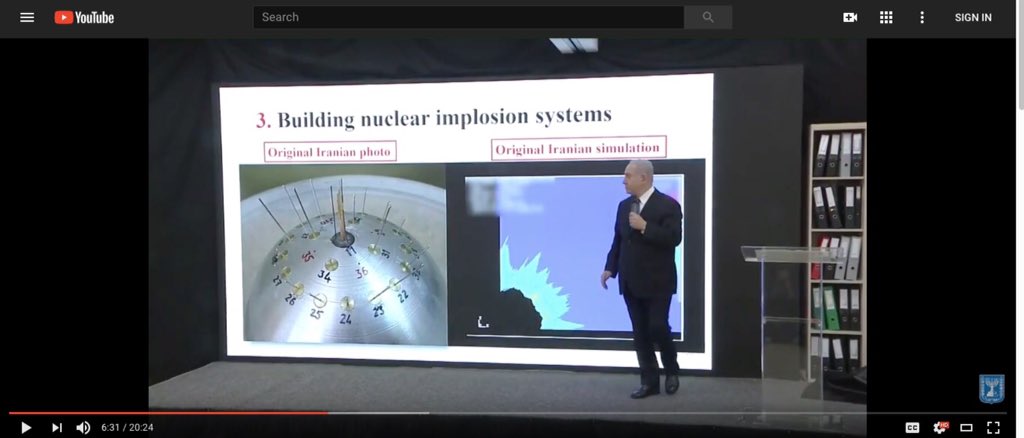
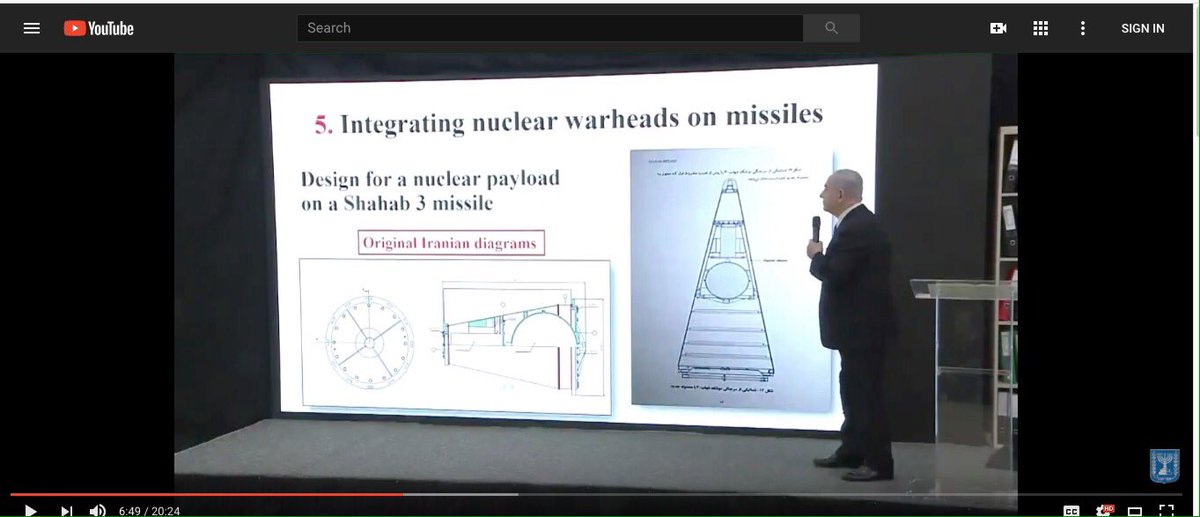
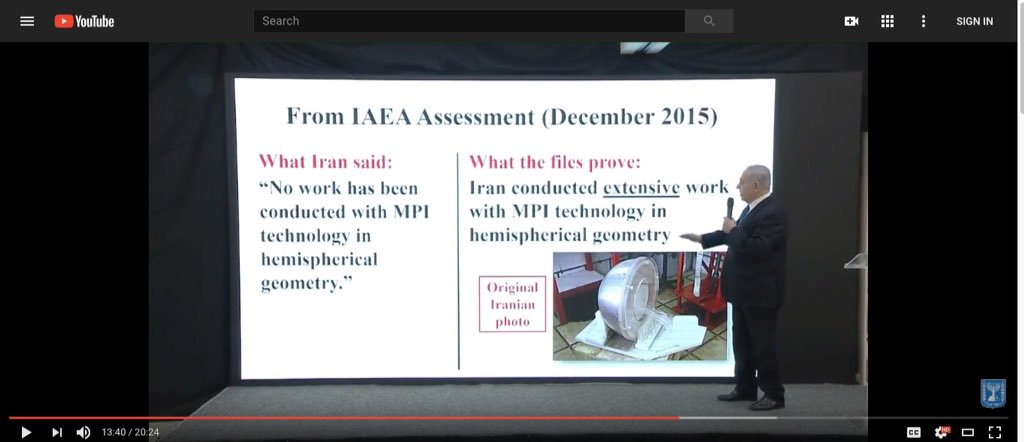
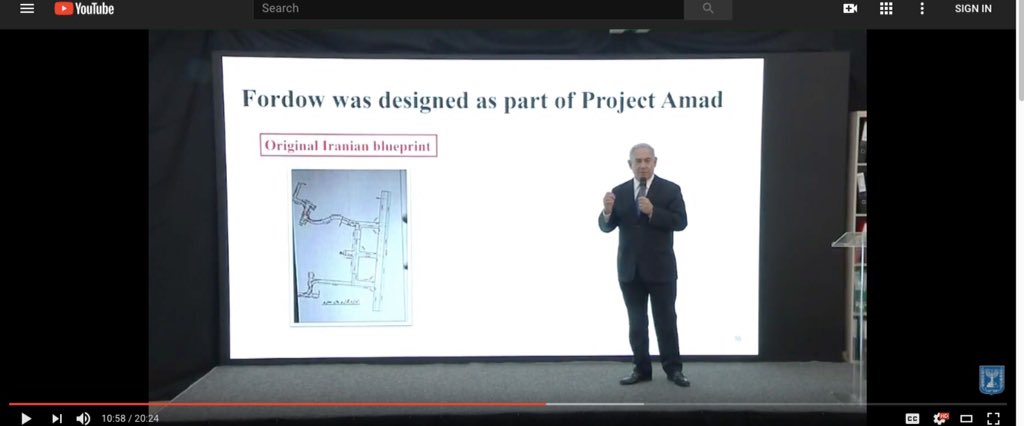

The levitation gap between the U235 core ("pit" in nuclear weapons terminology) and the inside of the tamper/reflector layer in that simulation is wider than I expected. It's wider, more empty space than I expected but within analytic range I studied.
But...
Anyways, Danilenko is a former Soviet nuclear weapons engineer/scientist who worked on implosion systems. The elements that push inwards on bomb cores.
THEN he headed to Iran in 90s, to work on "implosion nanodiamonds" or so he said.
His techniques for implosion use the branching explosive channel Multipoint Initiation approach. He said he only gave Iran industrial nanodiamond technology, but R265 and these bombs used it.
Channels can curve or zigzag if you need, with slight predictable detonation slowing.
Channels can also split or branch off, so 1 becomes 2 becomes 4 becomes 8 etc.
(Lifetimes of effort involved, but it's just work not impractical to understand).
I now believe this is a Pin Ball Array.
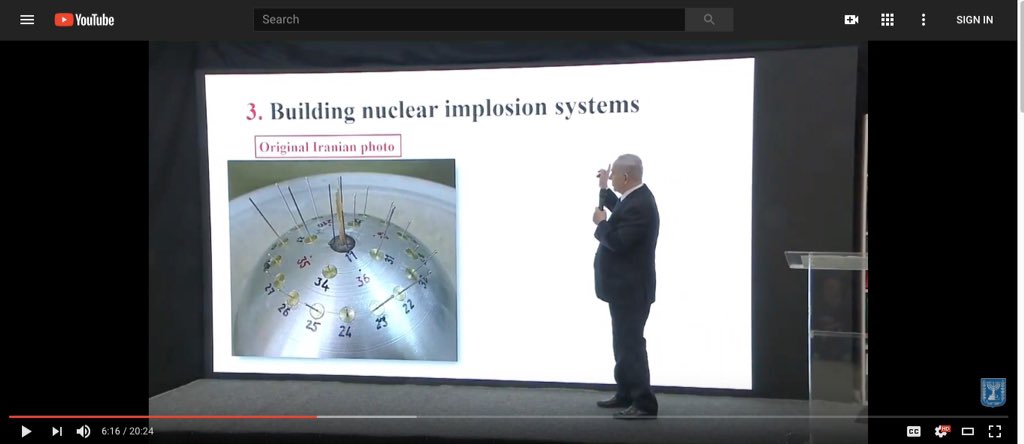
A Pin Ball Array sits inside the complete implosion assembly and electronically measures shape of imploded tamper/pusher over time, as the T/P hits the pins.
That ones fiber optic and the term they're using is Pin Dome, but I've seen some variations and documented both electronic and fiber optic pins.
